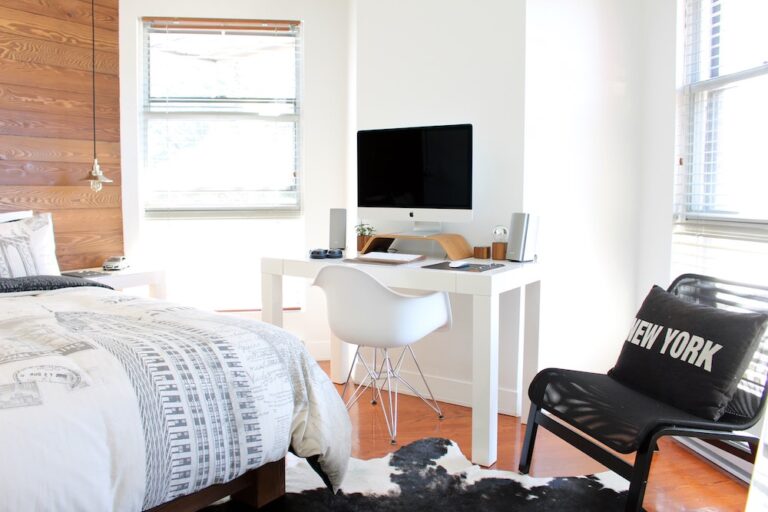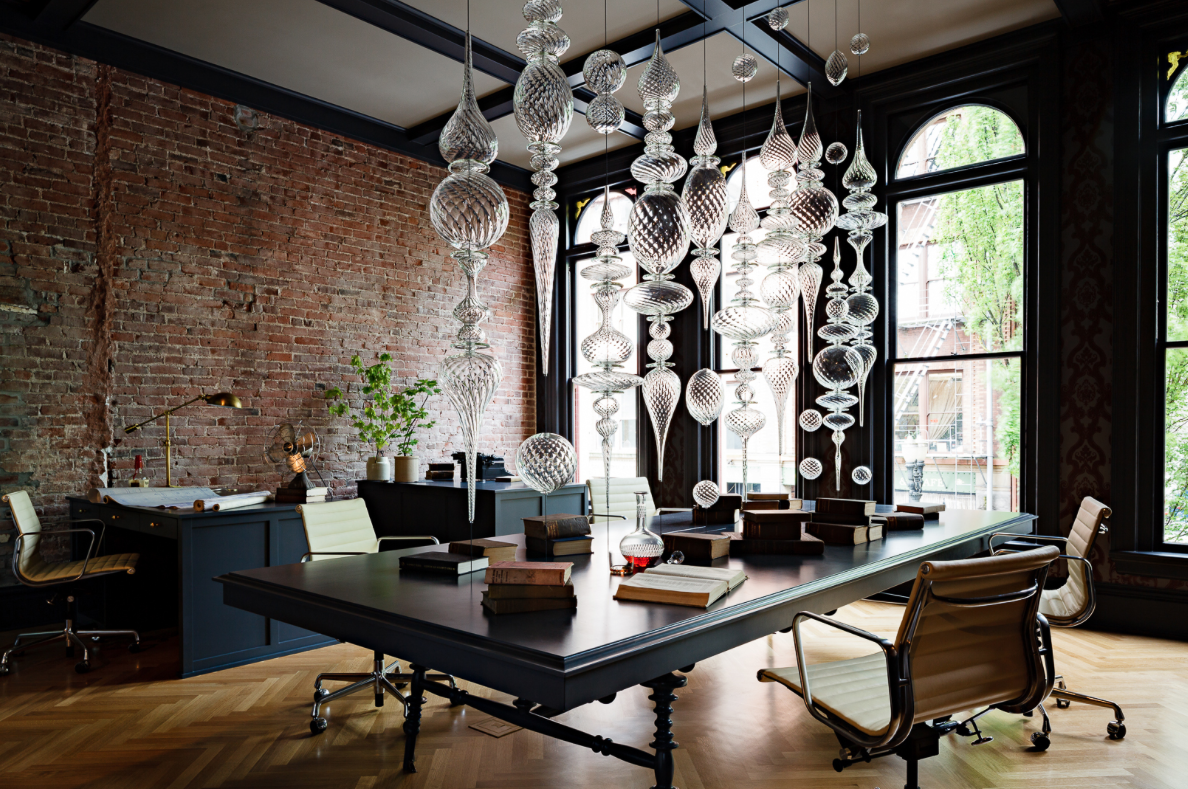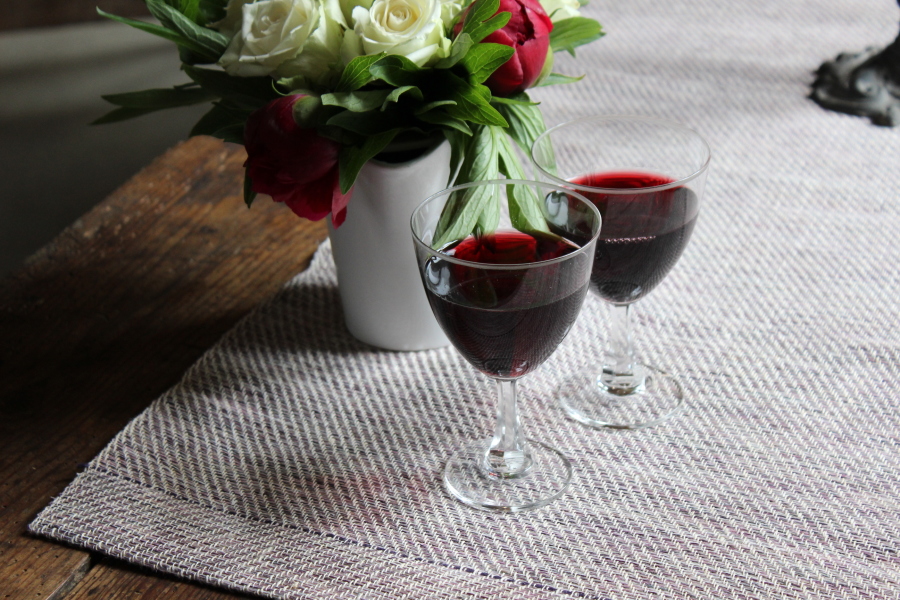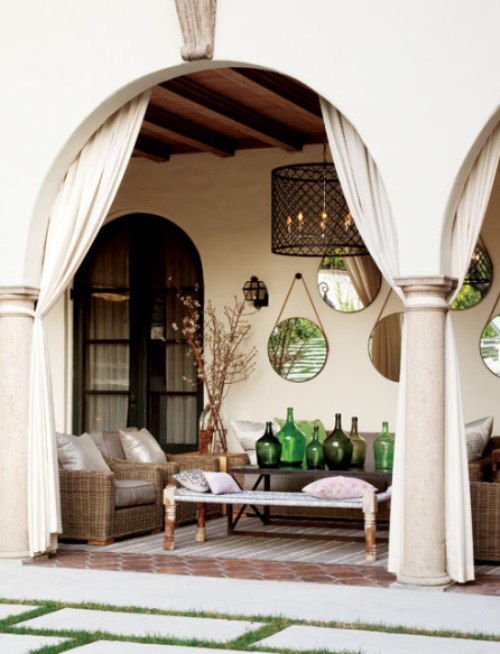Top 3 Considerations to Make When Buying Internal Doors
Anyone involved in building a home, whether a self-building or restoration project, knows how crucial it is to select the best doors to fit their interior design. The doors you choose can significantly change your property’s appearance and feel. The dilemma, however, extends beyond selecting the ideal design.

1. Material
The type of material for the door is among the first decisions you must make before visiting a website like MDF Skirting World. Several materials, like wood, metal, glass, and composites, can be used to create internal doors. It is crucial to select the material that is best for your needs.
- Wood
For instance, wood oak interior doors are a highly popular choice due to their strength and toughness. To fit your decor, you can paint or stain them as well. Wooden doors, however, may need care and be vulnerable to harm from moisture or water based on the kind of wood used.
- Metal
Another choice for interior doors is metal. They are extremely sturdy, long-lasting, and often composed of steel or aluminum. Additionally, low-maintenance metal doors are typically impervious to moisture or water damage.
- Glass
Internal glass doors are a lovely alternative, but they come with certain limitations. Glass doors can break when they aren’t properly fitted since they are not as strong as metal or wood doors. To avoid streaks and fingerprints, you must also clean them more frequently than other kinds of doors.
- Composite
Various materials, like wood, metal, glass, and plastic, are used to create composite doors. Composite doors are sturdy and durable, offering the same advantages as hardwood doors without the upkeep hassles. Composite doors may also get painted or stained to fit your decor.
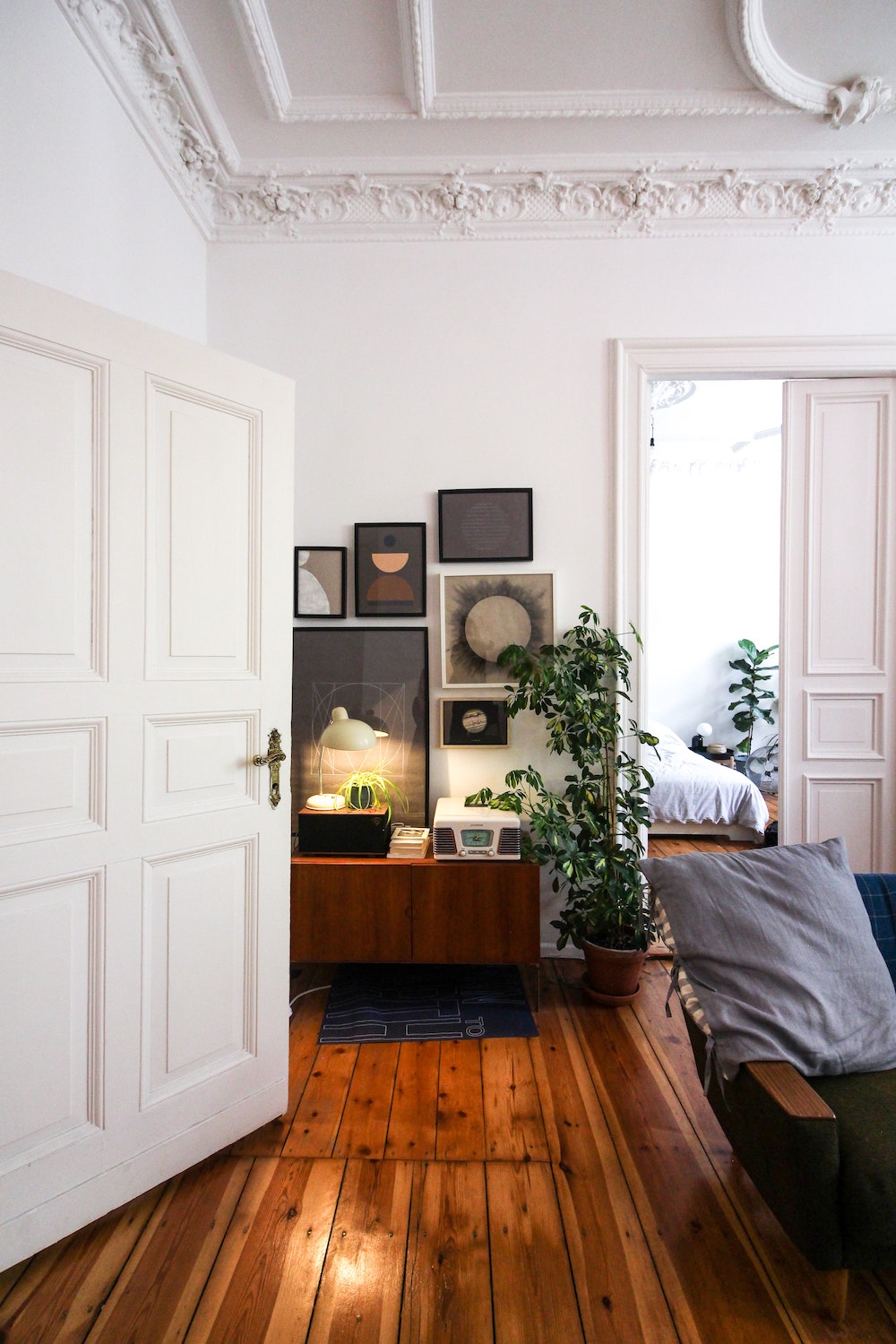
2. Door sizing
Don’t assume an existing door is a standard size when replacing it; measure it instead. Measure the exact opening if you’re installing a new door connecting two rooms. The door jambs could not be straight and plumb, and there might also be leveling shims that make the entrance smaller than you might anticipate. A door may fit easily or be practically hard to install without major modification, depending on even the smallest change.
3. Positioning
Think about where you will install the door, the environments it will be subjected to, how frequently people will use it, and whether it has to have any particular characteristics or functions, like fire or moisture resistance. The space the door must open into will be impacted by its placement, which will also impact the best opening mechanism. Bi-fold doors are a common option when there isn’t much room, and glazed doors are frequently utilized to add light.
If an interior door is in a location with high traffic, it may be necessary to select one stronger and more resilient than other interior doors. It may also be necessary to use an opening mechanism that is simple to use, possibly with a feature that can keep the door in place while it is open for free access. In other places, a lightweight door can be the ideal option because they are typically less expensive and less prone to sagging or harming the hardware over time.
Conclusion
Finding the ideal internal doors for your home will be straightforward if you follow the right steps. Remember the points discussed above when buying interior doors from an outlet like MDF Skirting World. Also, pick doors that will go well with the rest of your design after doing some research and establishing a budget.


